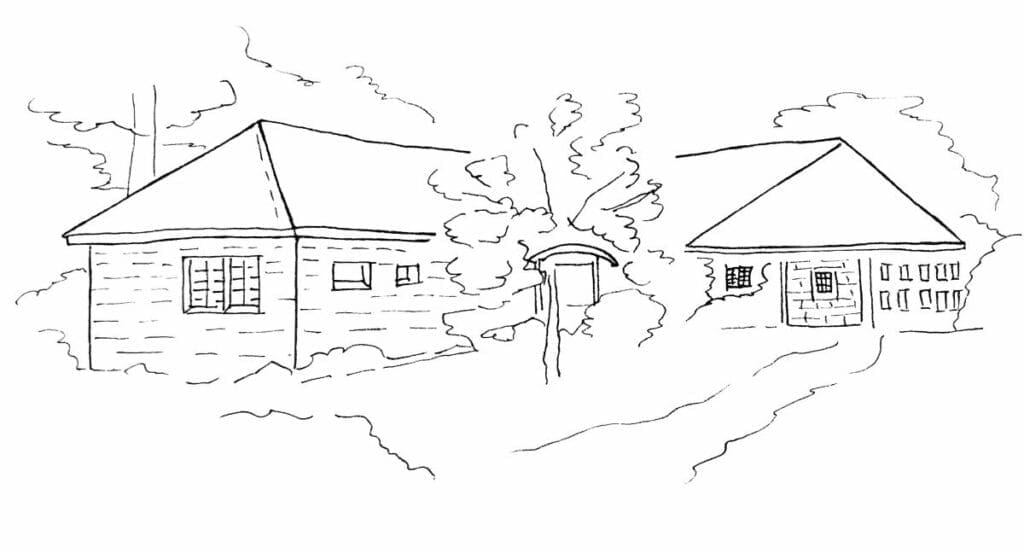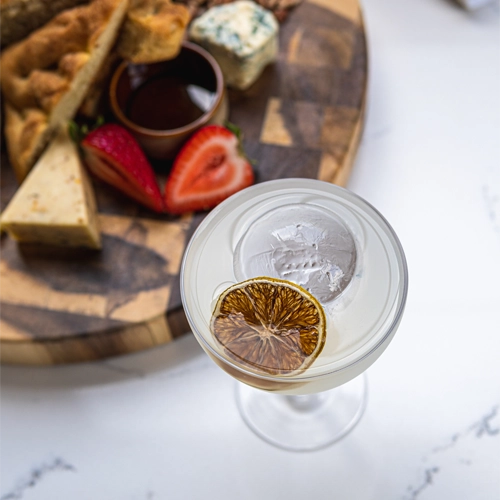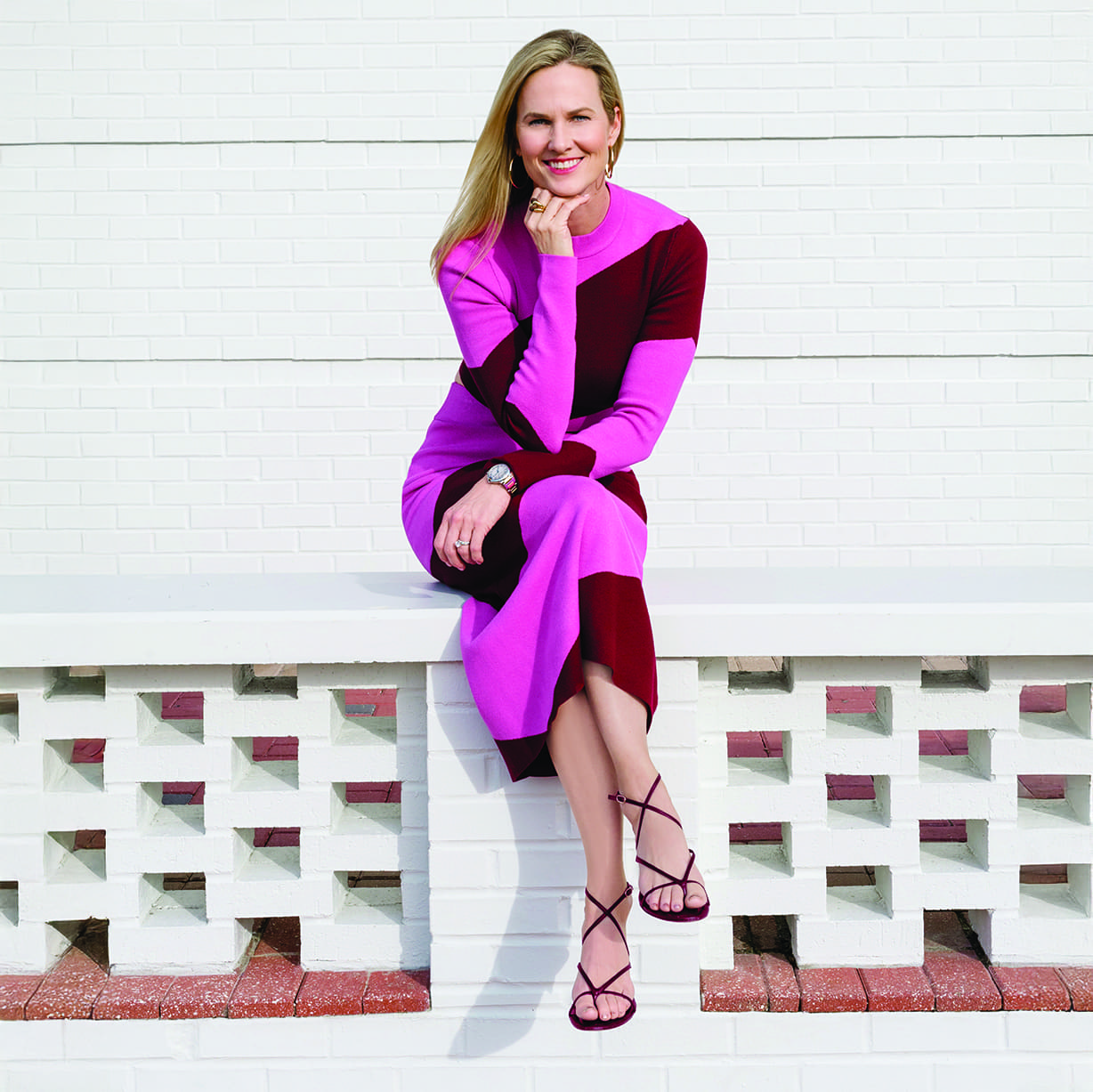by Diane Roberts | November 20, 2023
Legacy in the Details: Unveiling the Stories Behind Five Treasured Objects in My Mother’s House
Diane Roberts honors her childhood home by preserving the things inside that best tell her family’s stories.

A house inevitably fills with objects, visible manifestations of those who inhabit it, a conglomeration of dreams and desires and all the stuff you need—or once needed or thought you needed—to get as close as possible to the life you imagine for yourself.
My mother grew up on a farm in West Florida. Her family disapproved of throwing things out. The result is I am now the proud possessor of a railroad safe, a cauldron once used for boiling sheets and towels clean, approximately 50 cane fishing poles and no fewer than three bone saws.
In 1956, two years after my mother, Betty Gilbert, married my father, Milton Roberts, they began to build a house in a grove of pecan trees. My mother lived there from the age of 26 to when she died at 89 in 2020. Until we left for college or for places of our own, my brother and I knew no other home. Lately, I’ve been going through this house, my mother’s house, which is now my house, looking at the things, deciding what to keep, what to give to friends or charity shops or sell. It’s a slow process as every bowl, every candlestick, every picture, every book, every saucepan has a place in my emotional geography.
You may be familiar with Neil MacGregor’s wonderful 2010 book A History of the World in 100 Objects, in which civilization is epitomized and illuminated by some artifact from The British Museum: an Olmec stone mask from 900 B.C. to 400 B.C.; the chronometer from the HMS Beagle, the ship that took Charles Darwin to the Galapagos Islands in 1831 or a plain old credit card. While I can’t say I own items a museum might covet, nevertheless I can trace the history of my house in our objects.
Here are only five, I promise, and in no particular order.
The Kitchen Table
I’ve considered dragging it out to the side of the road and abandoning it. The table, with a grey and white Formica top on wood, is ugly as sin and weighs more than 150 pounds. My parents bought the table and its matching chairs—known back then as a dinette set—in 1956, before the house she and my father were building was quite finished.
It would be four years before we had real dining room furniture, so the kitchen table was the center of family life: meals, art projects, jigsaw puzzles by candlelight when a thunderstorm knocked out the electricity. I think about Christmas breakfasts of scrambled eggs, grits and red mullet roe; dogs lurking, hoping for a handout; cats—generation upon generation of cats—jumping up on the table to assert dominance over the dogs; the table spread with newspaper so my mother could glaze various pieces of ceramics; the cases of honey; the 50-pound bags of clay; the assorted power tools parked on the table on their way to the cabinet, the studio or the workshop; and I decide that if this table didn’t break or even buckle under 67 years worth of heaviness, I couldn’t possibly ditch it.
Big Mama’s Rocking Chair
My great-grandmother Mary Elizabeth Broadwater Gilbert brought the rocking chair to her new home at Gilbert’s Mill when she married my great-grandfather in 1889. The chair originally belonged to her mother and was probably made just before or just after the Civil War. It’s country furniture, nothing fancy: oak, with arms curled under themselves and an arched cresting rail. There are photos of Mary Elizabeth rocking my great-aunt Charlsie and my grandfather Bradford, as well as my cousins Katherine and Fred Jr. and my mother at age 3, wearing ruffles, white socks and white slippers, a ribbon in her hair and clutching a striped kitten to her chest. Mary Elizabeth wears one of those draped 1930s dresses and a string of pearls. Everyone called her Big Mama.
From the age of 12, beeswaxing the chair was my job. I didn’t mind. The beeswax was smooth as custard and scented like a meadow. My mother told me that Big Mama had informed her that nothing else would do to bring up the shine. Under no circumstances was I to use modern crap like Pledge furniture polish.
When Big Mama died, my grandfather inherited the chair; when my mother finished college at FSU, took a job with the City of Tallahassee and moved into her own apartment in 1953, he handed the chair onto her. She was glad. She owned no furniture other than the bed she’d got out of the Sears, Roebuck and Co. catalog. After our house was finished, the chair migrated to our living room, and was placed under a big window where it remains today, featuring in more pictures, color this time, of my mother with my brother or me or a cat or two.
The mantel is a reminder of my parents’ commitment to beauty and their delight in the natural treasures of North Florida.
I like to sit there on rainy afternoons with Dexter, my mother’s irascible Tonkinese cat. He’s 18 now and will still, on occasion, station himself in my mother’s room and howl. He perched on her bed as she lay dying, rarely moving. He jumped in her lap every Christmas morning, playing with the ribbons as she sat in Big Mama’s chair, trying to open her presents. He liked for her to rock him. Now, that’s my job. And I still beeswax the chair; its wood still smells faintly of honey.
The Ecosystem Floor
I suppose a floor isn’t, strictly speaking, an object, though it’s composed of many objects. In early December 1999, my brother went to the house, moved the refrigerator into the dining room, pushed the kitchen table and chairs into the carport, hauled the family room furniture to the back of the house and started ripping up linoleum. It was two weeks before our family Christmas party, including all the aunts and uncles and cousins. I was horrified. But he’d decided my mother’s present that year would be a new Italian terracotta tile floor for the kitchen, the breakfast room and the family room, the parts of the house without wooden floors. So that was that.
My mother, who was not (unlike me) unnerved by a major construction project so close to a holiday, gathered leaves from the trees and plants that grew on the property: live oak, sweetgum, magnolia, dogwood, black cherry, fern, wood violet, holly, pecan and palmetto. She painted them with thick white glaze and pressed them onto 10 cedar-green ceramic tiles. Then she rounded up the animals one by one, the Labradors—Sam, Cinda and Merlin—and the cats—Boodle, Carter and China. She’d grab a front paw, stick it in a bowl of paint, and mash it (gently) onto a tile. The dogs weren’t bothered—all attention is good attention—but the cats swore vengeance.
We fired the handmade tiles, ghostly images of paws or leaves, white against the green. My brother incorporated them into the floor design, auburn-red terracotta tiles punctuated with green ones. The animals whose prints adorn the tiles are gone now, but the plants and the trees remain, growing taller, reaching up toward the ever-hotter sun.
The Silver Sugar Bowl
Every year when I came home from college for Christmas, I’d give the silver its annual cleaning. I’d spread old towels on the floor, get a dishpan of warm water and sit on the floor in front of the TV watching soap operas, smudging myself with tarnish as I deployed dollops of Wright’s Silver Cream. My favorite was the large sterling sugar bowl, a wedding present to my parents from one of my father’s engineer friends at what was then called the State Road Department. The sugar bowl was extravagantly curvy, with graceful backward-S handles and a pattern of tiny roses around the base. When properly rinsed and buffed, it shined like moonlight.
My parents married at the First Presbyterian Church of Chipley, FL. It was a formal wedding with six bridesmaids in old gold tulle and groomsmen in tropical dinner jackets and gardenia boutonnieres. In the days before the ceremony, half the town called on my grandmother to see the nuptial loot spread out in the dining room. My mother thought it was kind of barbaric, displaying what people thought she was worth as a marital catch. “It might as well have been goats or cattle,” she said. But it was the custom of the time, so the three toasters, the two chafing dishes, the Old Master sterling flatware, the monogrammed bath towels, the crystal ice tea glasses, the dozens of doilies, the huge and hideous glass vase with pink polka dots (my mother actually had a cupboard in our house for the worst wedding presents where this thing went to live), as well as the lovely sugar bowl sat on tables draped with my grandmother’s best white damask for the world to admire.
In our house, the sugar bowl came out for Garden Club teas and showers. At one end of the table you had the petit fours with icing roses (for a bridal shower) or pink and blue umbrellas (for a baby shower), stacks of little plates and dessert forks, and at the other, the Royal Doulton coffee cups, the Old Master demitasse spoons, a porcelain cream jug and the sugar bowl. The ladies in their linen shift dresses always exclaimed over it. “So elegant,” they’d say. “And so big.” Then they’d settle down to playing Would She Rather? and Guess the Dress. I watched these ladies, as a 9-year-old, assuming all this would one day be my world too: the matching handbags and shoes, the watermelon pink lipstick, the parties, the flower arranging, the china, the silver, the slow sunny days. That world is gone, and I’m not sorry. Yet I polish the sugar bowl, every December, without fail.
The Mantel
My grandfather’s family had a sawmill in West Florida. The oak for most of our house’s flooring was milled there, as was the black walnut for the mantel. The builders laid the floor; my father made the mantel to go over the broad, low fireplace in the living room. It’s 9 feet long and defies the laws of gravity.
The outside of this house is nothing special: ranch-style, stretched out, picture-windowed. The inside, however, is a mid-century modern glory of pine, stainless steel, asymmetrical built-in pine shelves and exposed brick. It was my parents’ reaction to the houses they grew up in. My father’s was a cypress cabin in a swamp with an outhouse; my mother’s was a rambling 1920s manse of dark paneling and tall sash windows hung with venetian blinds. One cold night I was watching Daddy build a fire in the living room, making a lattice of fat lighter and logs. Once it got going, he turned around and said, “All right, Missy, why doesn’t the mantel fall down?”
The animals whose prints adorn the tiles are gone now, but the plants and the trees remain, growing taller, reaching up toward the ever-hotter sun.
I considered the mantel. It was supported on the left side by one black walnut bracket. There was no support on the right. Clearly it ought to fall down. “Glue,” I said. I was 9 years old.
My father laughed, “Nope.”
I guessed nails, cement and finally—exasperated—magic. My little brother Bradford came in, and Daddy asked him the same question. He thought about it.
“I think it’s magic,” I said.
Finally, my brother pointed at the right side of the mantel and said, “There’s a hollow place with a piece of wood inside holding it up. You can’t see it but it’s there.”
My brother was 5.
My father smiled. At least one of his children could think like an engineer. Daddy promised to one day take the mantel down and show us the internal bracket.
But eight months later, he died of a rare blood disease. He was 37.
Over the years, the mantel has supported garlands of cedar and holly and absurdly large red velvet Christmas bows; Easter lilies in pastel foil-covered pots; my mother’s collection of folk pottery face jugs, often with bird feathers she picked up in the yard stuck in them; easels with watercolors by my godmother; antique Japanese porcelain plates; and a portrait of Sam, Mama’s favorite black lab, painted in the style of the Flemish masters. Most recently, we put all the condolence cards up there, sent after my mother’s passing. The mantel is a reminder of my parents’ commitment to beauty and their delight in the natural treasures of North Florida, where they spent their lives: the walnut trees, the pecans, the pine cones, the carnelian-colored clay, the unstoppable honeysuckle, the ancient oaks, the young shoots of cattails, the blue jays and blackbirds and red-shouldered hawks. I still think the mantel is held up by magic.





